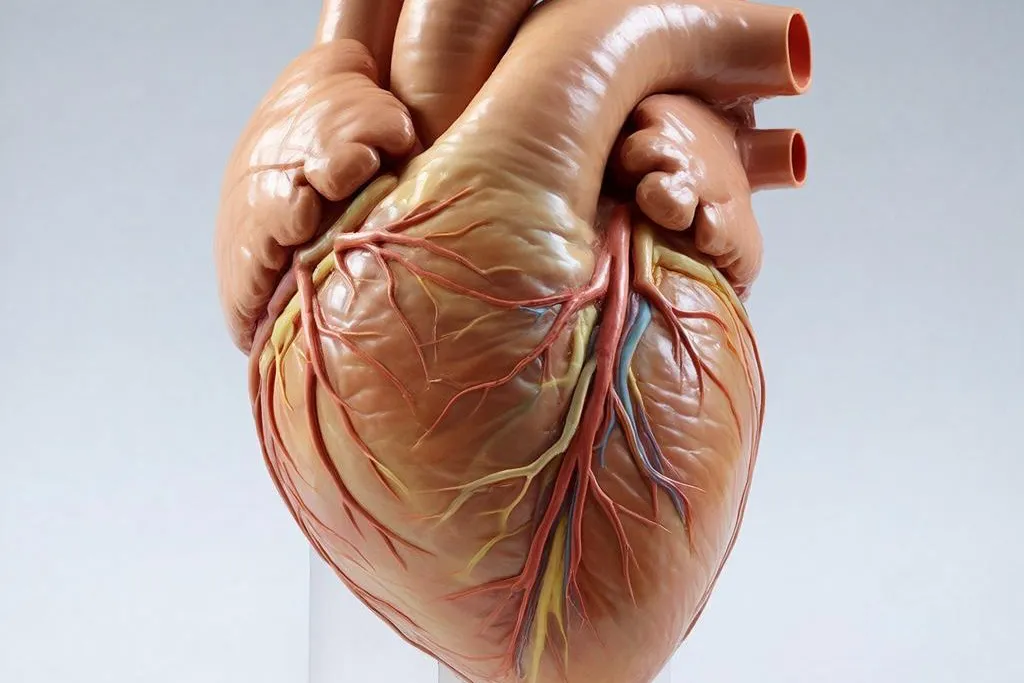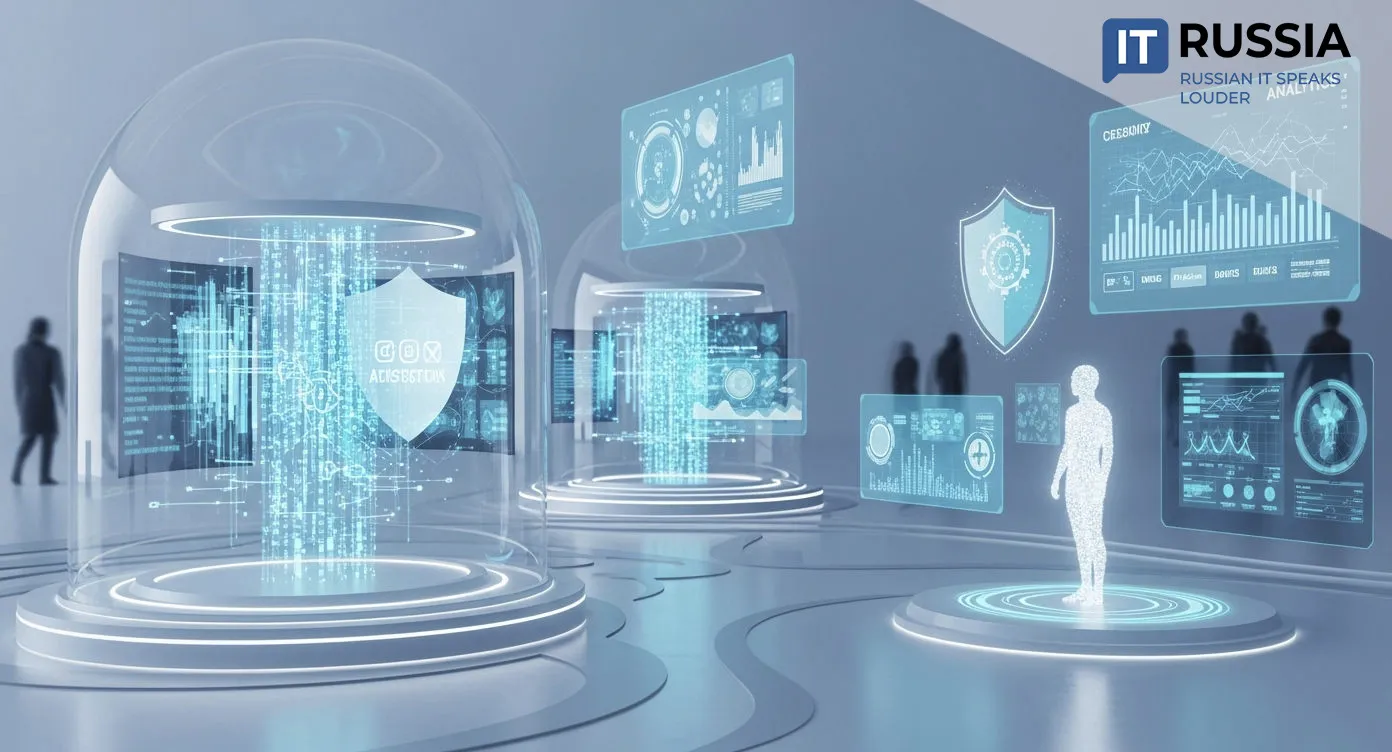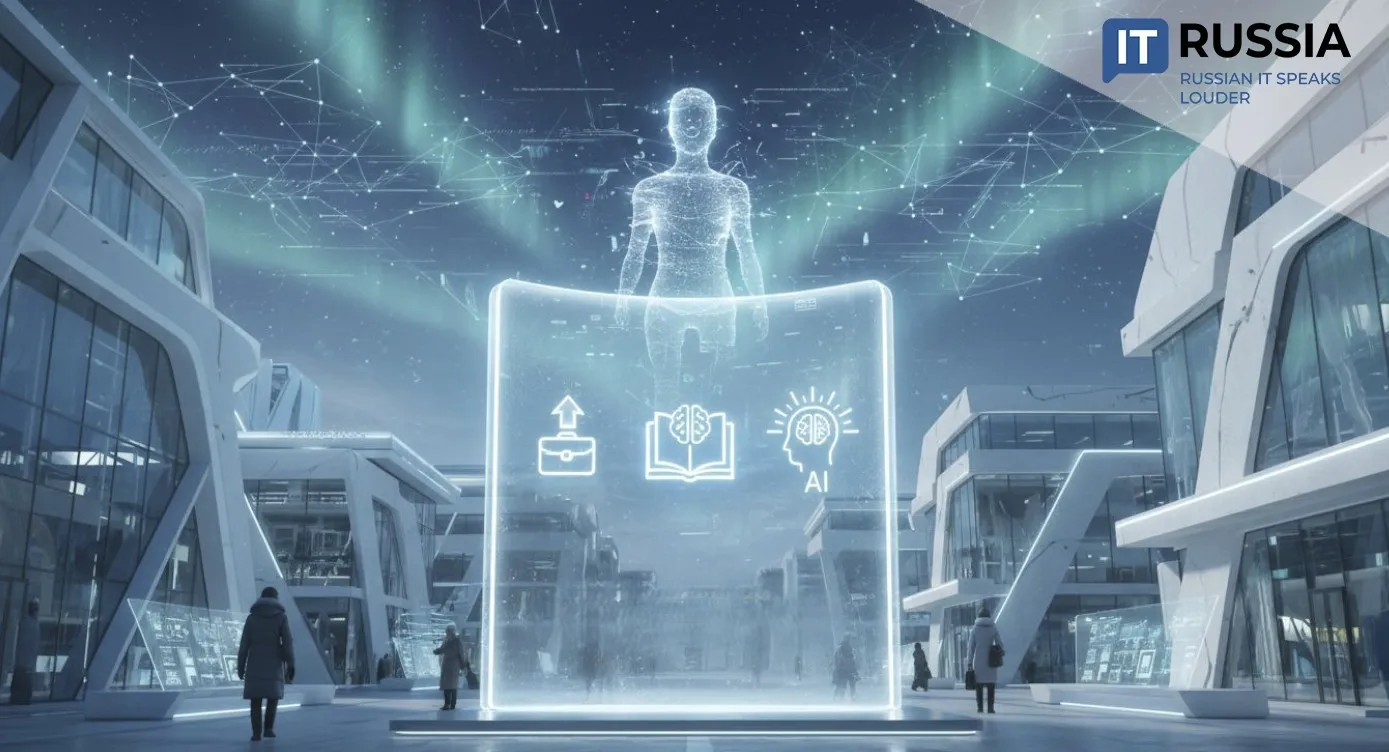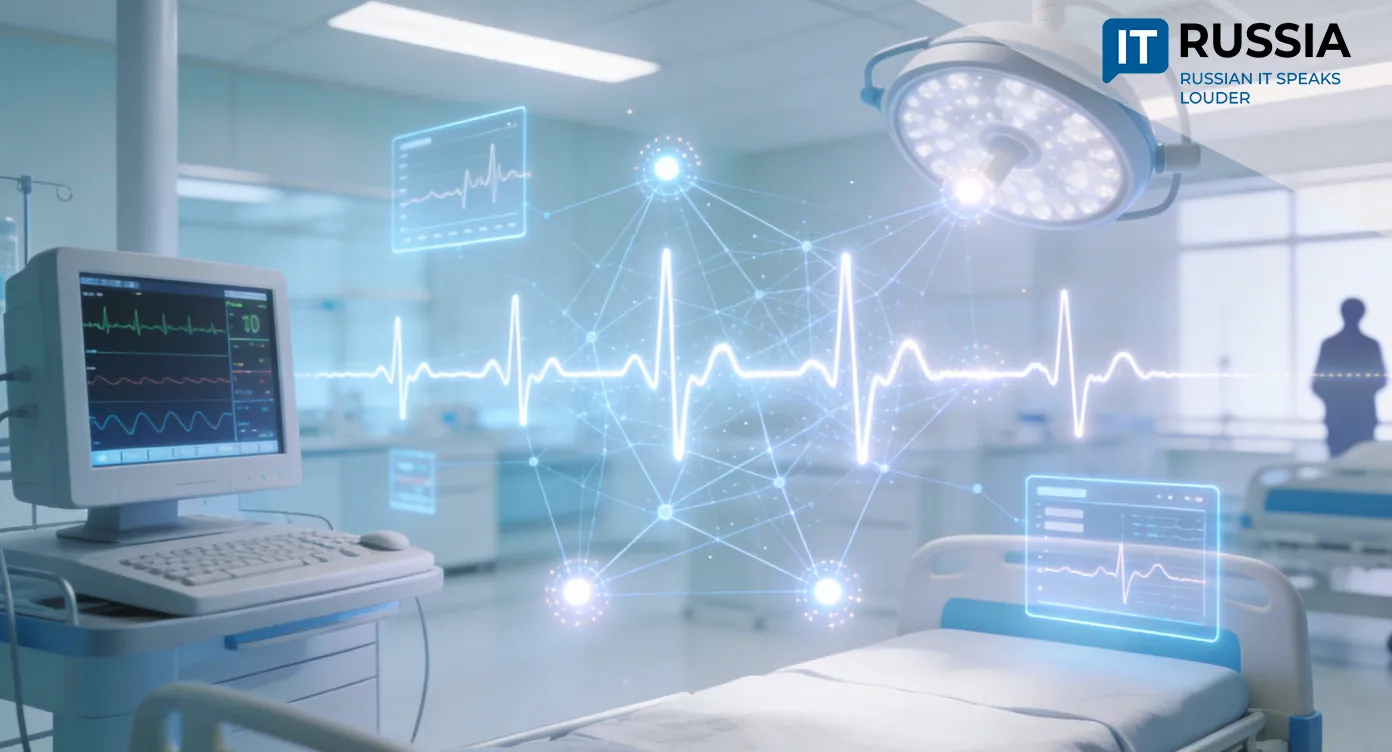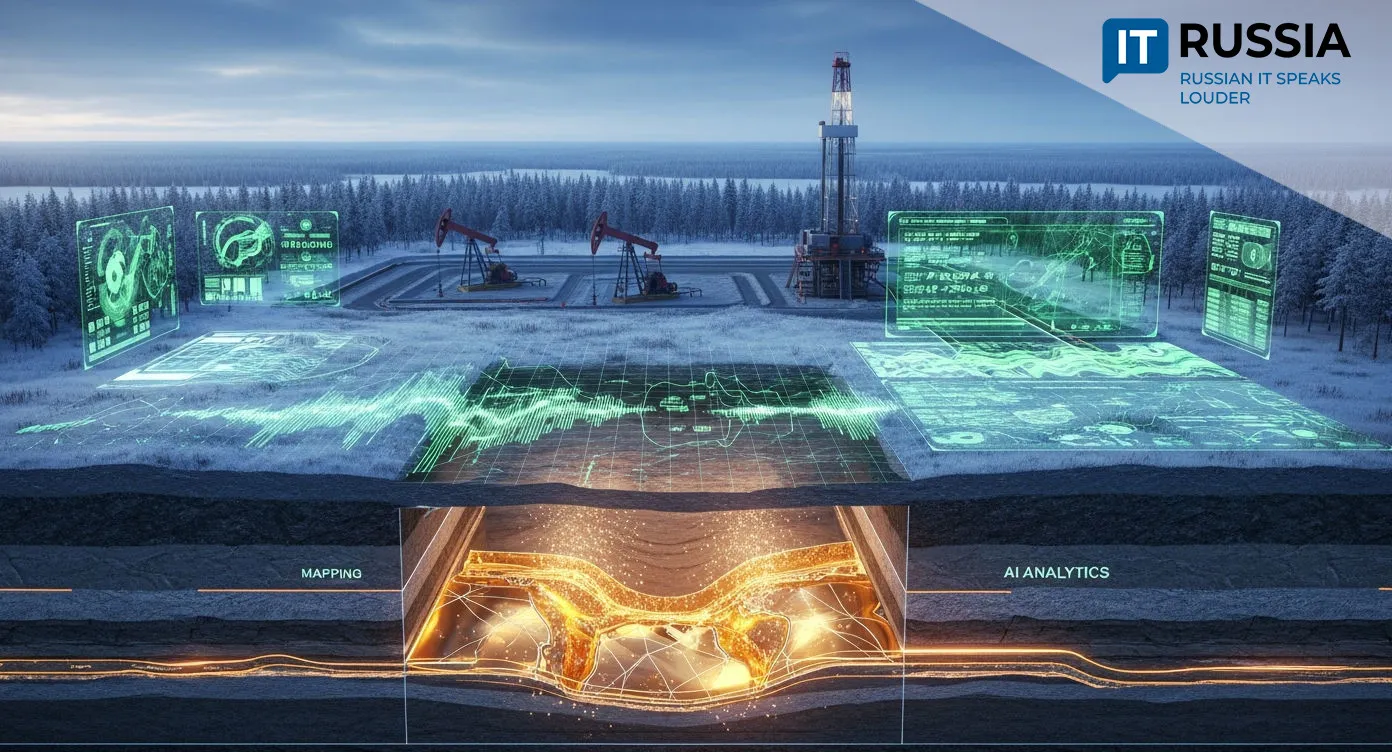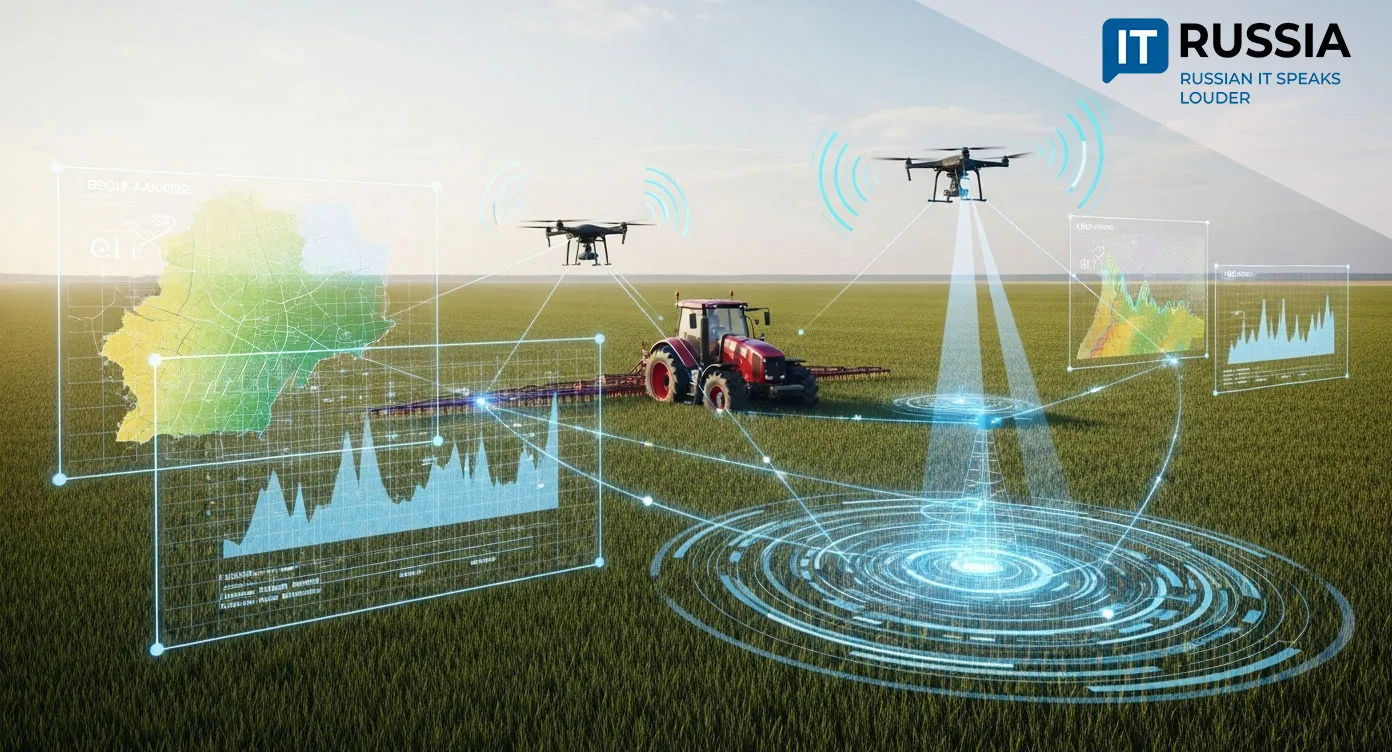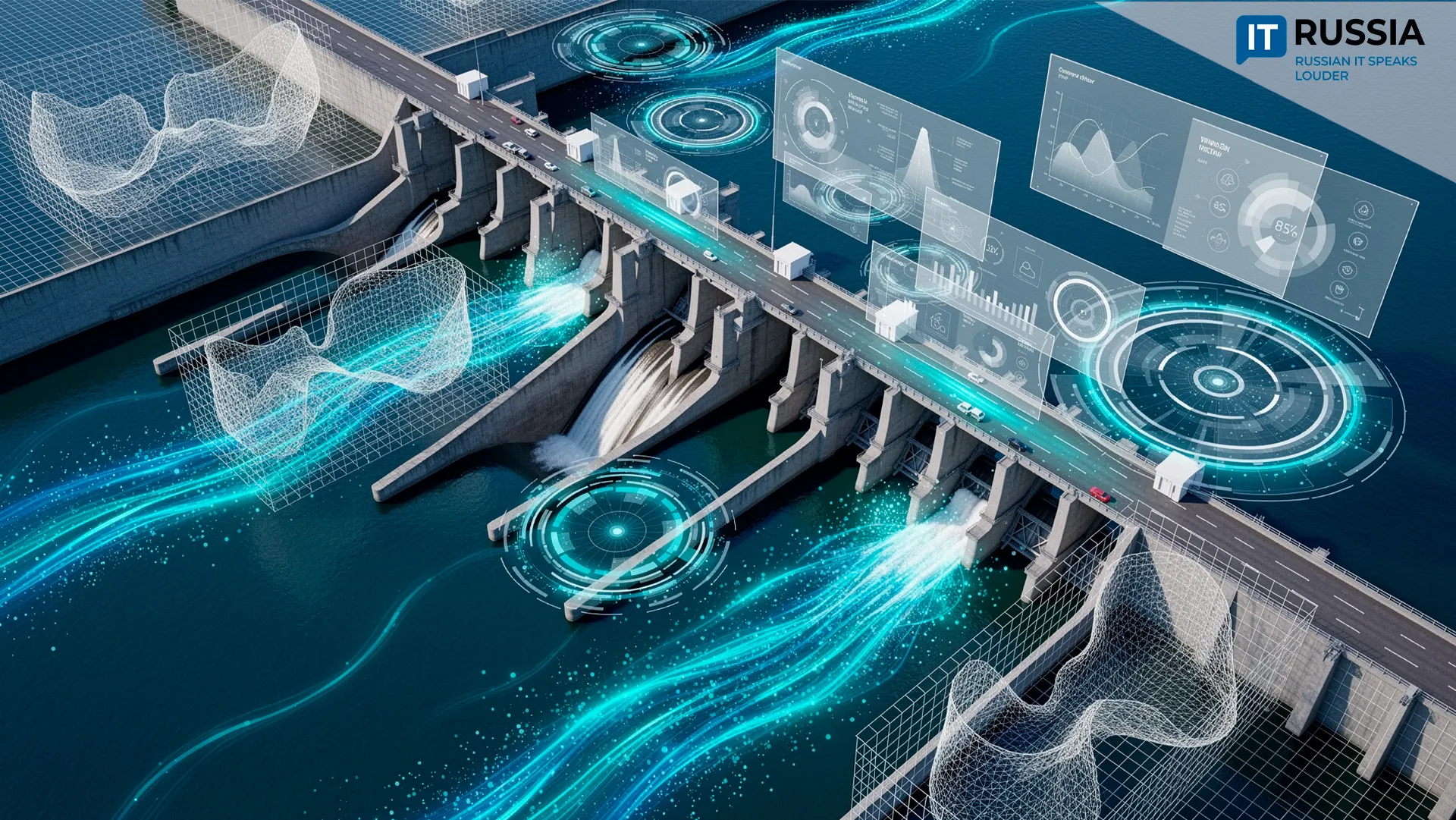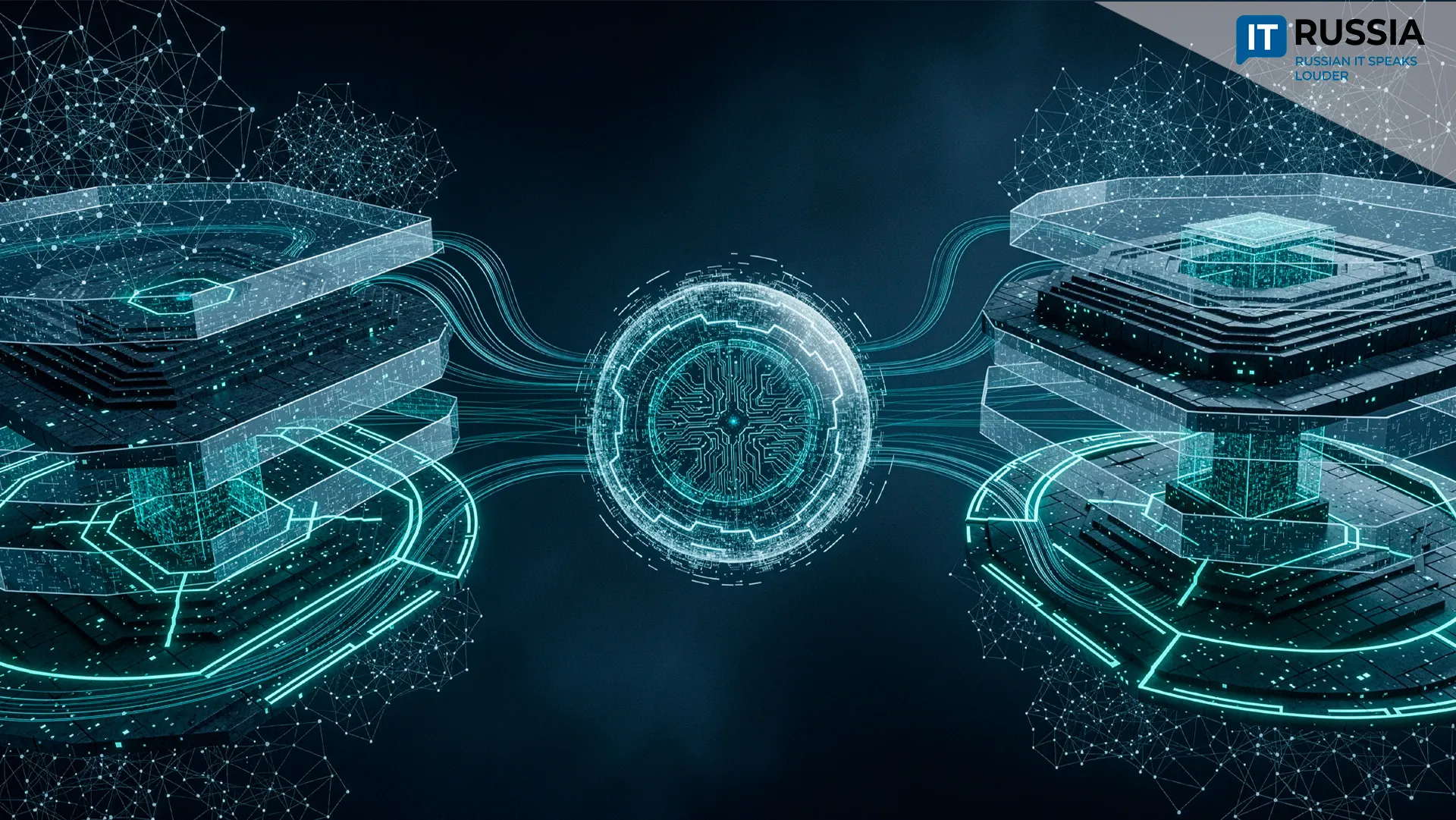Digital Utilities Upgrade: How the Leningrad Region Is Setting a New Standard for Smart Housing and Public Services
Russia is accelerating the digital transformation of its public utilities sector — and one of the most compelling examples comes from the Leningrad Region, where a new automated system for real-time monitoring of heat and water consumption is already reshaping the economics of municipal infrastructure.

From Manual Metering to Full Data Transparency
The regional government, together with the Unified Information and Settlement Center (EIRC LO) and software developer AIS Gorod, has launched an automated platform called “Utility Resource Consumption Monitoring System.” The project has already been listed among Russia’s best digital practices on the national platform “Tsifrobank” — and the numbers behind it explain why.
Early results show a 28% reduction in heat-energy costs at connected facilities. The system collects telemetry from devices installed at metering nodes and transmits consumption data every 30 minutes, transforming previously static accounting into a live digital dashboard.

That data stream does more than just display consumption — it identifies abnormalities:
- overpayment and temperature rule violations
- leaks and emergency risks
- excess consumption converted into dollar equivalent
The project is fully regional in scale: 1,360 public buildings — from schools to hospitals — are scheduled for connection by late 2025.
For citizens, the model brings transparency and potential cost savings. For regional authorities, it means measurable budget efficiency. For the country, it is a tested prototype that can be rolled out nationwide.
Scaling the Model: From Local Success to National Standard
The Leningrad Region pilot is designed not as a one-off project, but a template. Once the system accumulates enough operational data, developers plan to expand the platform in several directions:
- IoT integration to track not only water and heat, but electricity, gas, and air quality
- Predictive analytics for load balancing and emergency prevention
- AI-based anomaly detection to automate dispatching and repairs
- Smart City compatibility, linking utility data to urban planning platforms
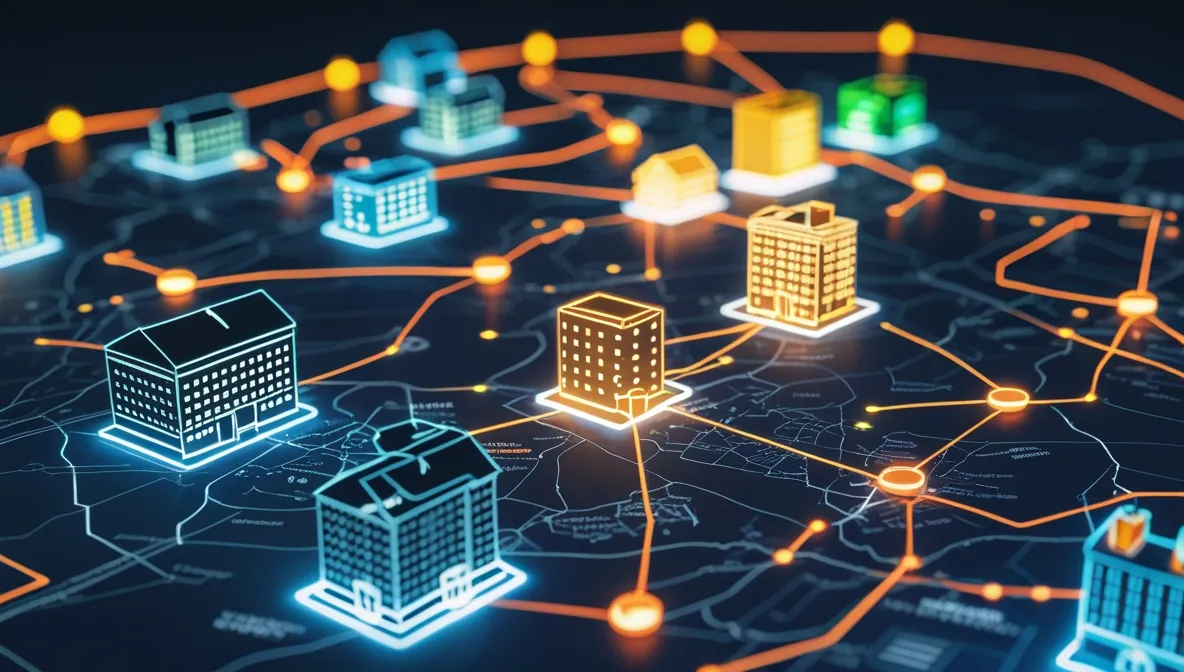
That approach directly aligns with the national trend: according to Russia’s Ministry of Construction, digital tools are already helping reduce utility network losses by 11% and lower energy consumption by 20%.
If the Leningrad model passes the regional stress test, it may become a standard component of federal “smart city” platforms — with the potential to cover residential housing, not just public buildings.
Russian Utility Digitalization Is Becoming Systemic
The project is one of several major digital shifts now defining Russia’s housing and utility sector.
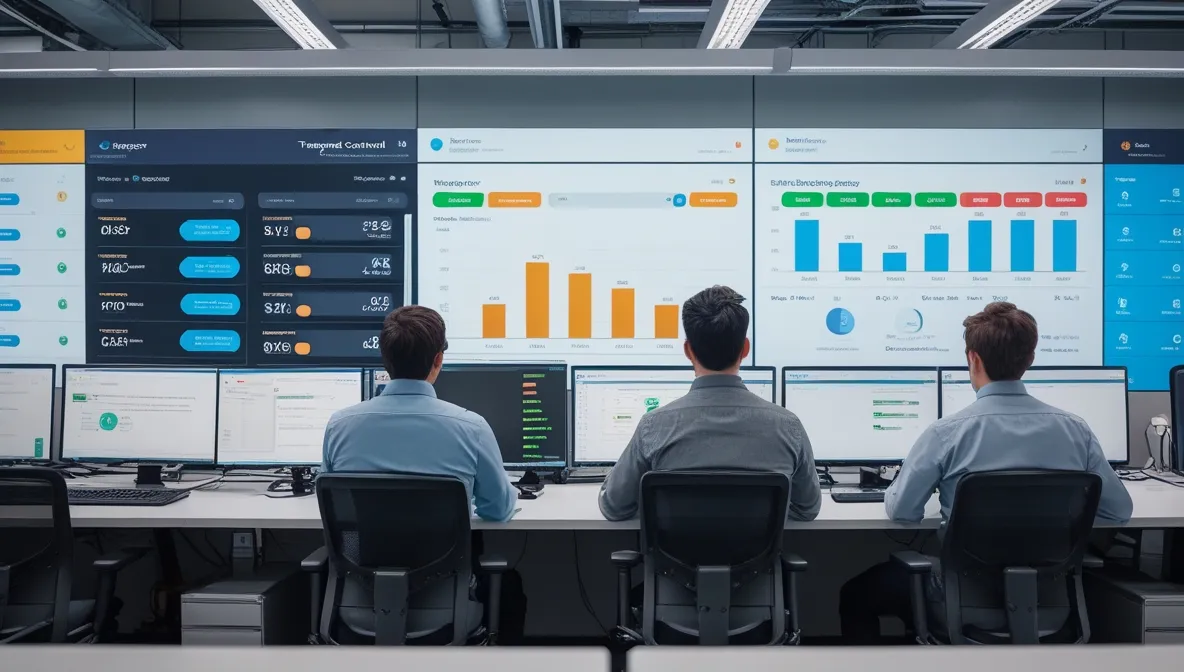
State corporation Rosatom is already exporting its “Digital Heat Supply” and “Digital Water Utility” platforms to Russian cities such as Voronezh and Belgorod. These solutions use AI and Big Data to cut response time to network failures by 30% and raise workforce productivity by up to 40%.
Taken together, these projects signal the beginning of a unified national architecture for digital resource management — from heat metering to flood control, from leak detection to predictive maintenance.



















